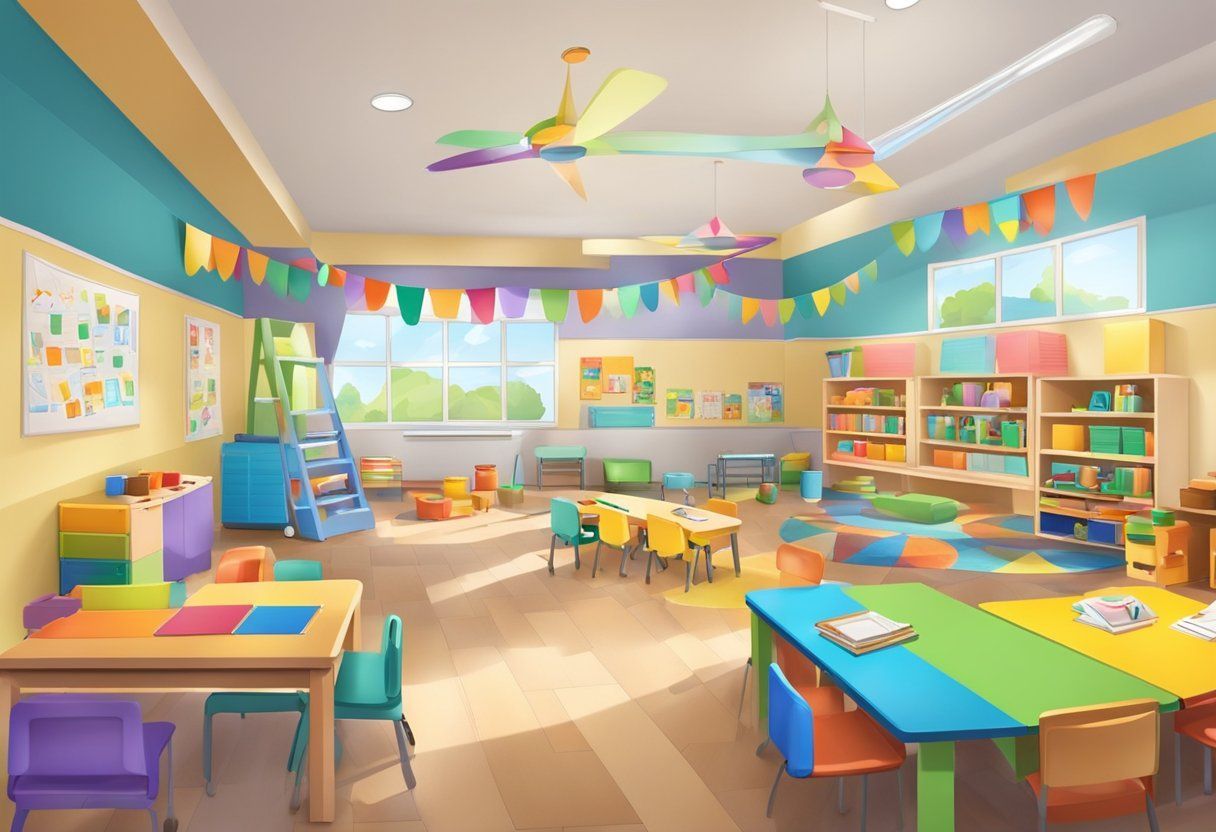BLOG
Categories
My Adopted Teen Is Acting Out, How Can I Help Them?
Adopted Teens Experience Unique Challenges That Are Difficult To Understand
All parents of teenagers will face challenges, and parents of adopted teenagers will face unique challenges. The better a parent is able to understand their child, the more effective their approaches will be. It is vital to view your adopted teen through the correct lens. Having an informed framework at which to approach your adopted teen is a great start to helping them. When you understand the unique challenges of an adopted teen, you are able to show empathy and affirm your child in your parenting process.
Teen brains are less efficient at cause-and-effect thinking; teens need guidance from adults and to be allowed to learn from mistakes. While adoption itself may not significantly affect brain development, early life experiences do. Prenatal exposure to drugs or alcohol, early childhood neglect, or trauma can damage the brain or influence the way it develops.[1] Adopted children often have had early trauma, even within the first few months of life. Dr. Bessel van der Kolk’s (Boston University trauma specialist) research on the brain has found that early trauma memories may be stored at the sensory-motor level where self-regulation and self-identity are affected. Neurologists have demonstrated that people who are exposed to ongoing trauma have brain impairment. The hormones that ready the brain for quick response actually damage the brain for learning. These children are hard to teach due to being hyper-vigilant and hyper-aroused. [2] Your adopted child may have some variation of this trauma and stress that has affected her brain development. This impaired development may be effecting her cause-and-effect thinking as a teenager. It also may be impeding her ability to learn from mistakes. The emotional regulation and identity formation that is supposed to be developing in the adolescent years may be delayed.
Adopted Teens Need To Feel A Sense Of Belonging
All teenagers struggle with the questions, “Who am I?” and “Where do I belong?” Adopted teens may question who they are more deeply than non-adopted peers, as the questions they face are more complex. Although both biology and environment shape all of us, forming an identity is complicated for adopted teens because they have two sets of parents/families.[3] Adopted teenagers will consider their birth family members as they figure out who they are like, who they are different from, and who they desire to be. Unknown or missing information can leave gaps and a sense of loss as he navigates his identity formation. Teens whose race or ethnic background is unknown (completely or to some degree) or whose race or ethnicity is different from their adoptive parents may feel that they do not fully belong in their family or community. They may have a strong interest in meeting or spending time with birth family members or others of a similar race or ethnic background.
All teenagers are in process of separating emotionally from their families. They will oscillate between wanting more freedom and wanting the protection of family. Adopted teens, especially those adopted as older children, may fear leaving the security of the home and family. Some may adapt by acting more mature, more independent, or “tougher” than they feel to cope with fears and intimacy issues. Again, this is not unlike typical adolescent behavior but may be more evident in adopted teens. Adopted children who experienced previous neglect or abuse often need extra time to adjust to adulthood and practice to learn how to function as a young adult.
Most teenagers deepen their friendships with peers and start to explore romantic relationships. Adopted teenagers will also promote friendships, but may have more difficulty with social skills and with trusting in relationships. Adopted teens may have more confusion regarding how to seek intimacy within interpersonal relationships. Some will use sexual activity to ease painful memories or to fill feelings of emptiness. Adolescents who have been sexually abused may engage in sexual activity as a means to feel mastery and control over their bodies, or they may be somewhat more likely to become victims of additional sexual abuse.
Tips For Parenting Your Adopted Teenager
According to the Factsheets for Families: Parenting Your Adopted Teenager [4], try these tips when working with your adopted teenager.
SPEND QUALITY TIME TOGETHER
All recently adopted children need to spend a lot of quality time with parents to build their attachment and security in the family. Parents can foster attachment and set a good example for their teens by participating with them in social and community activities.
UNDERSTAND THE DIFFERENCE BETWEEN YOU AND THEIR BIRTH PARENTS
Do not feel threatened by your teenager desiring to know their birth parents. This is common among adopted teens and an aspect of their identity formation. This does not replace your importance in their life or minimize the loving home you have provided for them.
TALK ABOUT THE ADOPTION
Give your teenager the facts about how and why they were placed for adoption. Help them find missing information. As their logical thinking skills and abilities develop, adopted teenagers need more details. If information cannot be found, explore with them what might have occurred.
TEACH IMPORTANT FACTS ABOUT THEIR BIRTH PARENTS
Give them all the information you have about their birth parents. Help them learn more if they do not have an open relationship with birth family members. Include information about their birth family’s cultural, racial, and religious backgrounds. Adopted teens long to know all they can about their birth parents and other birth family members.
BE HONEST
Help your teenager develop a balanced view of his or her birth parents. Limited or one-sided information (such as early pregnancy or lack of ability to parent) does not allow teens to consider all of their parents’ experiences and characteristics in developing their own identities. Talk about birth parents as complex people with both strengths and faults.
OFFER SUPPORT
Provide contacts with other adopted teens and young adults. This normalizes the adoptive experience. Adopted teens find peer support especially helpful in forming their own identities.
DISCUSS YOUR SIMILARITIES
Point out the similarities between yourself and your adopted children. Feeling that they are like their adoptive parents in some ways helps strengthen teens’ attachment to their families. A strong attachment helps them to feel safe as they enter the adult world.
LET THEM GROW AS TEENAGERS
Decrease parental control very gradually as your teenager shows signs of readiness. Remember that teens who were adopted from neglectful situations, who have been exposed to trauma, or who have attachment issues may not be ready for the responsibilities at the same time as other teens their age.
LISTEN TO THEM
Give your teen a voice in decisions. If developmentally appropriate, ask your child if he or she feels ready for particular responsibilities and privileges. This is especially important for teens who came from situations where they felt powerless. Teenagers who feel heard and respected are more likely to cooperate with family rules.
SHARE YOUR VALUES
Talk openly about sexuality with your teenager. Communicate your values on dating, sex, and relationships. Educate youth about abstinence, safe sex, and birth control.
Clearly state your values regarding alcohol, drugs, and other risky behaviors. If your teen came from a birth family where alcoholism or substance abuse was a problem, explain that he or she may be genetically at greater risk for addictions. A teen who previously lived in a substance-abusing home may need extra education and guidance in this area.
BE CONSISTENT
All teens do better in homes with consistent, clear boundaries and expectations, flexible and compassionate parenting, and a nurturing and guiding atmosphere that allows them to incrementally develop and work through their normal adolescent developmental stages.
The golden rule of parenting any teen is: “Do not say anything to your teen that you can’t do or don’t want to do, and do everything you say you are going to do.” Have clear, consistent, compassionate boundaries that you are able to uphold. Utilize natural consequences as often as possible as this helps with cause-and-effect thinking. Communicate the boundaries ahead of time and notify them of the consequences if the boundaries are broken. Most importantly, be aware of the unique challenges of an adopted teen, view him through an emphatic lens, speak with an affirming tone, respect him as a developing young person, and communicate unconditional acceptance.
SOURCE: https://crosswindscounseling.org/blog/my-adopted-teen-is-acting-out/
RECENT POSTS
Bringing and keeping families together!








